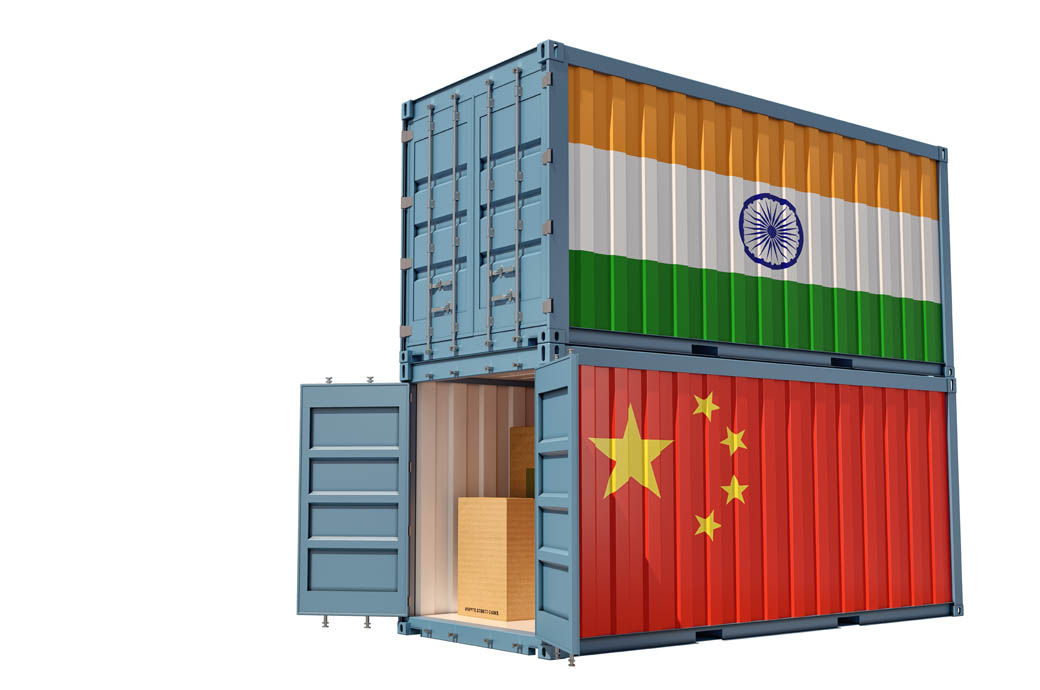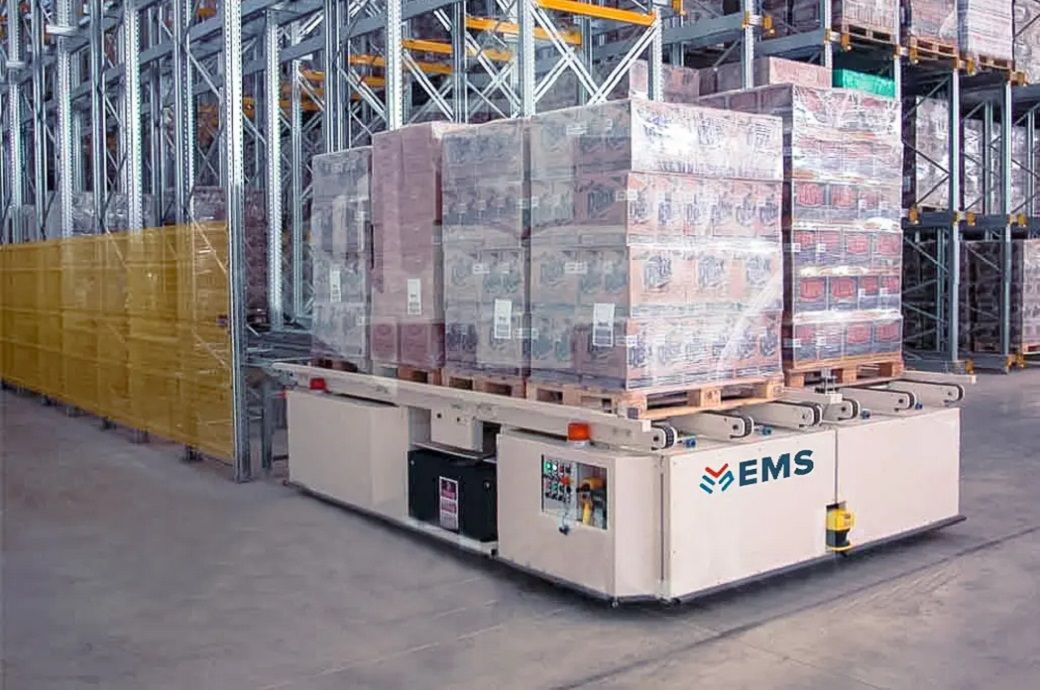UK-based digital solutions company Coats Digital has announced that Odlo Romania SRL, which is the fashion manufacturing arm of leading sportswear brand, Odlo International AG, has reduced the time it takes to produce its core styles by 13 per cent, resulting in a productivity increase of 10 per cent since its adoption of GSDCost in July 2021.
Odlo has subsequently increased its profit margins; greatly improved on-time deliveries; enhanced team member motivation and earning potential; and been able to confidently take on significantly more new order requests as a result of the GSDCost implementation, according to a joint press release by Odlo and Coats Digital.
Founded in Norway, Odlo offers performance sportswear across six categories: functional sports underwear, outdoor performance, running, cycling, activewear and Nordic disciplines. The inventor of performance sports underwear and the three-layer principle, Odlo boasts a 70-year heritage, an annual turnover of $28 million and a strong commitment to innovation, and social and environmental sustainability. Its ambassadors include Swiss-Ski (Nordic), Federation Fran?aise de Ski (Nordic), Ski Association of Slovenia (Nordic), Norwegian Biathlon Association, Japan Biathlon Federation, and the Scott-Sram MTB Racing Team, among many others. The company’s manufacturing arm, Odlo Romania SRL, based in Romania, produces over 2.4 million pieces a year and supports a workforce of just under 500.
Prior to implementing Coats Digital’s GSDCost solution, Odlo based its cost and capacity forecasts on inaccurate historical data stored in multiple Excel spreadsheets which were difficult to update in real-time across all costing, capacity planning, and manufacturing teams. As a result of inaccurate standard minute values (SMVs) regarding CM (Cost to Make) production times, and poor costing and planning visibility, Odlo occasionally failed to meet on time delivery targets, which meant steep additional overhead costs and customer complaints due to the often-last-minute realisation that there was a lack of actual capacity available on the production floor. Conversely, without accurate capacity planning and costing data, Odlo also found itself turning business orders away unnecessarily, when in fact it had sufficient capacity to easily fulfil new order requests.
“Without a scientifically proven method to assess production goals or realistic Standard-Minute-Values to inform our costing and capacity plans, we were consistently challenged by a series of unexpected capacity issues. Not only did we sometimes experience higher production costs and late deliveries due to buffered SMVs, but we occasionally also turned business away, as we incorrectly estimated that resources were not available to meet requirements in time. Coats Digital’s GSDCost is the only solution that provides scientifically assessed code generation analyses for various production tasks, and it was the obvious choice to ensure we could achieve rigorous, consistent data insights that would ultimately make a significant impact to our efficiency and profitability,” said Sampath De Silva, administrator, Odlo Romania SRL.
Shortly after the adoption of GSDCost, Odlo undertook a rigorous GSDCost training programme so that relevant teams could gain a good theoretical understanding of GSDCost motion codes and standard core style sequences. The on-site training and practical session helped to foster greater team buy-in to the change management programme required internally to get the project fully embedded across all relevant departments.
“Coats Digital’s expert trainers effectively demonstrated method engineering techniques practically at the shop floor level and our teams quickly understood the key principles by observing the actual motions in play. We have subsequently proven that GSDCost is not only a robust software tool, but also a valuable method engineering tool that can make a real difference to our business,” commented De Silva.
Following the implementation of GSDCost, Odlo was able to establish international standard time benchmarks based on standard motion codes and predetermined times. This enabled the sales, costing, planning, and manufacturing teams to communicate efficiently using the same language, based on a scientific method for correctly analysing manufacturing costs.
As a result, business units can now confidently and fairly negotiate product prices with customers, and a more succinct single view of overall CM costs has enabled Odlo to reduce its SMVs on core styles by 13 per cent and increase overall production efficiencies by 10 per cent.
“GSDCost has enabled us to efficiently establish accurate SMVs based on method engineering which has meant that we have significantly reduced our SMVs on core styles by 13 per cent and improved overall productivity by a whopping 10 per cent. This has not only saved us significant production costs, but also enabled us to confidently take on more new business based on realistic, yet competitive product costings,” stated De Silva.
Since the adoption of GSDCost, Odlo has additionally been able to introduce a popular productivity bonus system based on accurate CM measurements, which has helped build team members’ confidence in achieving realisable productivity goals that increase their earning potential.
“GSDCost has not only enhanced the communication and overall relationship between management and team workers, it has also motivated team members to greatly increase their earning capacity, through our Productivity Bonus Scheme, which is ultimately underpinned by sensible achievement targets,” added De Silva.
Coats Digital’s GSDCost method analysis and pre-determined times solution is widely acknowledged as the de-facto international standard across the sewn products industry. The solution supports a more collaborative, transparent, and sustainable supply chain, in which brands and manufacturers establish and optimise ‘International Standard Time Benchmarks’ using standard motion codes and predetermined times. This use of a common language and standards supports accurate cost prediction, fact-based negotiation, and a more efficient garment manufacturing process, while concurrently delivering on CSR commitments.
GSDCost’s enhanced feature of a globalised Fair Wage Tool–with data provided by the Fair Wage Network–enables brands and manufacturers to quickly agree the fair living wage allowance for any given garment, in any factory in the world, added the release.
“We are delighted that Odlo has achieved such amazing results since its adoption of GSDCost. The pressure on the textile and apparel industry to quickly produce more complex style orders in shorter runs, yet consistently offer competitive pricing, is intense. Only those that establish lean and smarter manufacturing processes via robust digitisation programmes will be able to meet the expectations of a more demanding consumer, and Odlo has done just that by improving capacity planning, costing processes, manufacturing efficiencies, and ODTP to make it an agile and highly competitive business that’s ready for tomorrow,” said Harry Champaneri, senior consultant, Coats Digital.
The key benefits and ROI for Odlo Romania SRL are reduction in SMVs of 13 per cent; increased productivity by 10 per cent, improved profit margin at product costing; enhanced communication between management and team members; increased team members’ earning capacity with realistic productivity bonus system; improved ODTP; ability to deal with complex orders; and fact-based stable manufacturing costs.
Coats Digital, based in the United Kingdom, announced that Odlo Romania SRL, the production side of Odlo International AG, has made a 13 percent reduction in the time needed to make its main clothing lines and has increased productivity by 10 percent since utilizing GSDCost in July 2021.


 World News2 years ago
World News2 years ago
 World News2 years ago
World News2 years ago
 World News2 years ago
World News2 years ago
 World News2 years ago
World News2 years ago
 World News2 years ago
World News2 years ago













